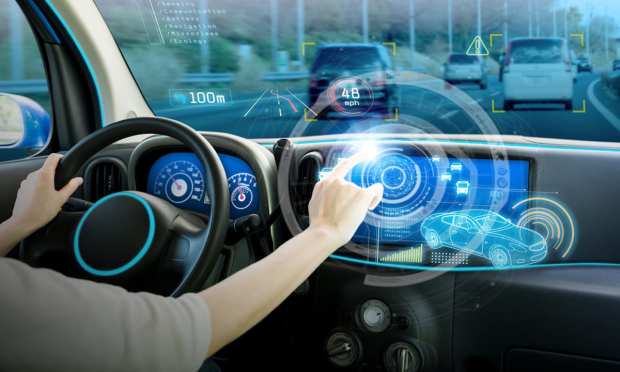Commuters Enjoy The Ride – As Long As There’s High-Speed Connectivity

Although long, stressful commutes may seem like a distant memory to many people at this point in the pandemic, new research shows that 80 percent of commuters think that once restrictions are lifted, they will pick up where they left off in terms of getting to and from work.
At the same, Ericsson’s Augmenting the Daily Commute report showed that while the vast majority think they’re going back to their old commute someday, only 25 percent of commuters were looking forward to getting back into the daily grind. The findings are part of a huge data-crunching exercise involving over 130 million smartphone users in 16 major cities around the world, conducted by the Swedish telecom giant’s ConsumerLab.
While stress is frequently associated with long commutes and heavy traffic, the report found that one in four commuters would be willing to tack on at least another 20 minutes to their journey – as long as they can control and rely upon their arrival time.
“Being in control of the arrival time is more important for consumers than minimizing travel time at all cost,” the study found, noting that time efficiency is not only about how long a journey takes, but also about how reliable the time predictions are.
When it comes to the reason why, nearly half of respondents said they were dissatisfied with the availability of real-time information that could help to plan or adapt their daily drives. “What matters most is to arrive on time while making the best use of time on the go,” the study summarized.
As it is, PYMNTS’ new How We Will Pay commuter survey of more than 9,500 consumers, done in collaboration with Visa, showed tha while 90 percent of consumers now own a smartphone, only 30 percent owned a so-called connected car. It’s a statistic that reflects the comparatively large growth potential of the automotive tech sub-sector. At the same time, the study found that the more people commuted, the more connected they wanted to be, to the point that commuters used 80 percent more connected devices than noncommuters to multitask with commerce while on the go.
Pay Attention
For motorists, paying attention to the road, especially in demanding situations, is obviously a constant requirement. However with the growth of advanced traffic/hazard alert systems and burgeoning autonomous driving technology, the era of the (legal) multi-tasking commuter is no longer a fantasy, especially for many high-end and luxury cars.
The Ericsson study showed that when assisted driving features were used, commuters reported being less stressed after driving, while 60 percent of respondents believe that autonomous vehicles will revolutionize commuting within the next 10 years.
“Commuting is not only a necessary evil. For many, it is an opportunity to recharge the mind before they grapple with all the needs and demands that face them during the day,” Ericsson said.
As a result, Ericsson expects that in this increasingly digital world, a great business opportunity exists for companies that can successfully marry the physical commute with the virtual commute.
To that point, PYMNTS’ research also showed that a typical commuter not only owns close to six connected devices, but that they also used almost each of them every day. And when it comes to services, 39 percent of on-the-go consumers said they were either “very” or “extremely” interested in using voice assistants to pay their bills, versus just 16 percent of noncommuters.
